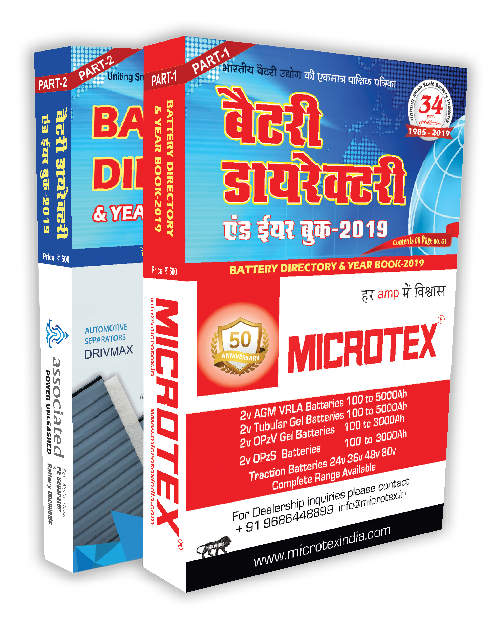
|
 |

|
 |
| Technical Publications |

|

|
 |
| About Us |
 |
| Advertisement Rates & Subscription Rates |
 |
| Lead Acid Battery? |
 |
| Environment, Health & Safety |
 |
| Battery Handling & Management Rules |
 |
| Shri Sathya Seva Sansthan |
 |
| Whatsapp Group Member Rules |

